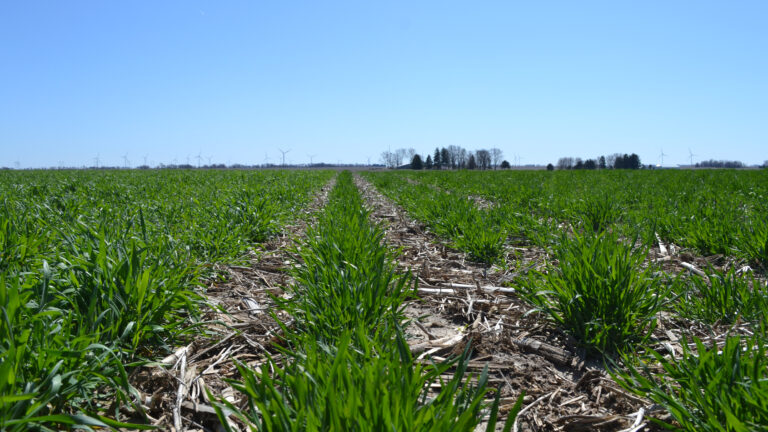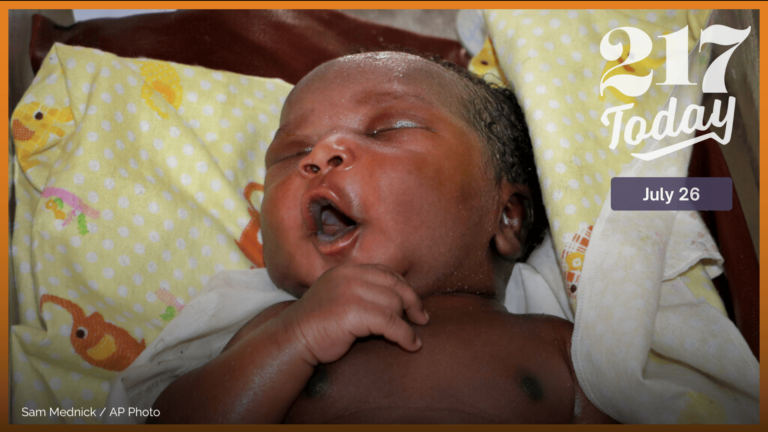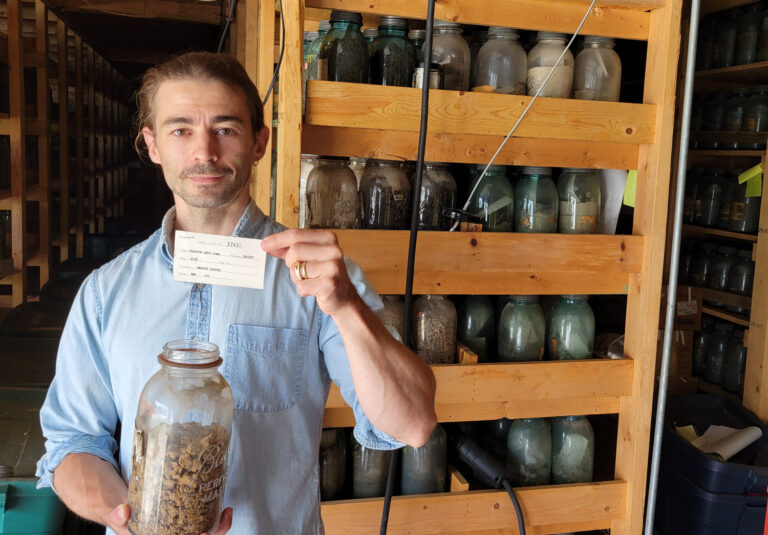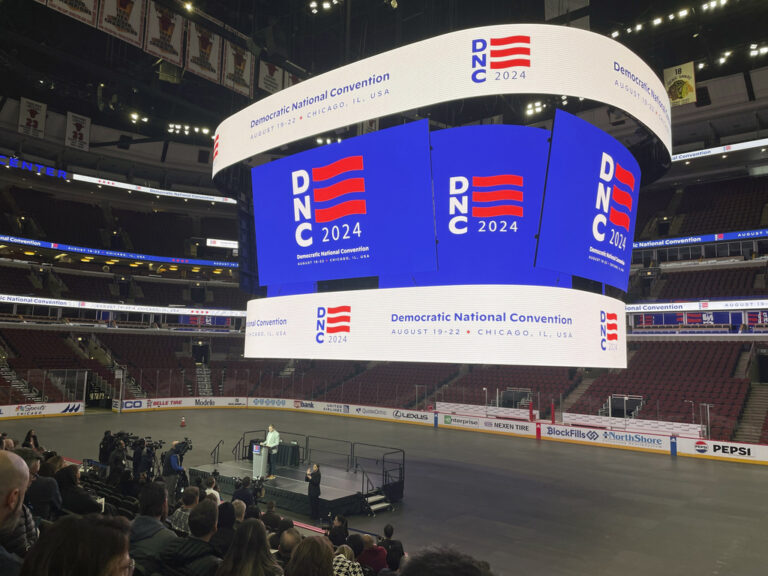Amid a push from the Biden administration for U.S. agriculture to help slow climate change, a new study shows farmers in the Corn Belt are dropping the ball on adopting a climate-friendly practice.
A mountain of research shows the benefits of planting cover crops — from sequestering carbon from the environment to keeping waterways cleaner.
And yet, according to a new study from the Environmental Working Group, only 4.8% of corn and soybean acres across Illinois, Iowa, Indiana and Minnesota have them.

The study utilized satellite imagery to track cover crop acres across the Corn Belt starting in 2015. It found that, while cover crop adoption has increased slightly since then, only one in 20 acres of corn and soybeans are currently protected by cover crops.
“Ideally, we’d like to see that number be much higher in all these states,” says Soren Rundquist, director of spatial analysis for the EWG and a lead researcher.
Cover crops have been touted as a means to reduce fertilizer runoff from farmland into waterways by improving the overall health of the soil and preventing erosion. Their adoption is crucial for these states to reach their farm runoff reduction goals, which differ in each state but are part of an overall effort to reduce the dead zone in the Gulf of Mexico.
Rundquist says many Nutrient Loss Reduction Strategies, as these goals are known, “anticipate somewhere in the ballpark of 40, 50, 60 percent of the landscape to be covered with cover crops.”
“We’re not really making a whole lot of progress in terms of reaching those nutrient reduction goals,” he says.
On top of that, Rundquist says, the low adoption rate has implications for water quality across the Corn Belt.
“This should be alarming to anyone who cares about clean water, which should be every human, because we rely on it for survival,” he says.
The study also took into account federal assistance for programs aimed at increasing cover crop use, including the Environmental Quality Incentives Program (EQIP) and the Conservation Reserve Program (CRP), both run by the Department of Agriculture.

In general, federal investment in these programs has decreased in the surveyed states over the past few years.
“It’s understandable that you might not see as much growth if the mechanism that is being used to get this voluntary practice on the landscape isn’t funded to the levels it once was,” Rundquist says.
He says other factors contribute to the low adoption rate, including weather variability for crop planting (due to climate change), as well as high rates of Midwestern farmland owned by absentee landlords, who are shown to be less likely to implement conservation practices on their land.
Rundquist also acknowledged that cover crops alone are not enough to reach net-zero greenhouse gas emissions in the agriculture sector, a goal of President Biden’s.
“If we think cover crops are going to be the magic bullet to answering, you know, America’s climate carbon sequestration paradox, I think we’re being kind of naive,” he says.
Follow Dana on Twitter: @DanaHCronin
9(MDM5MjE5NTg1MDE1Mjk1MTM5NjlkMzI1ZQ000))







